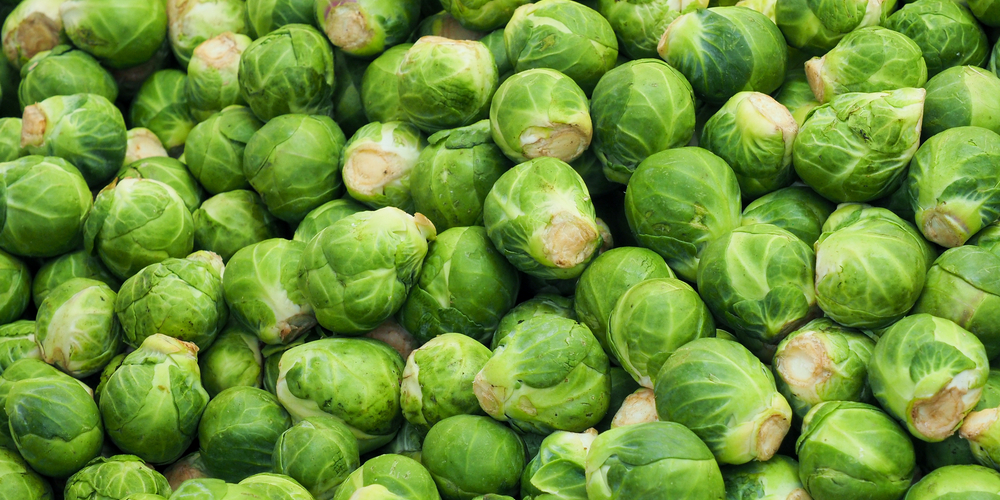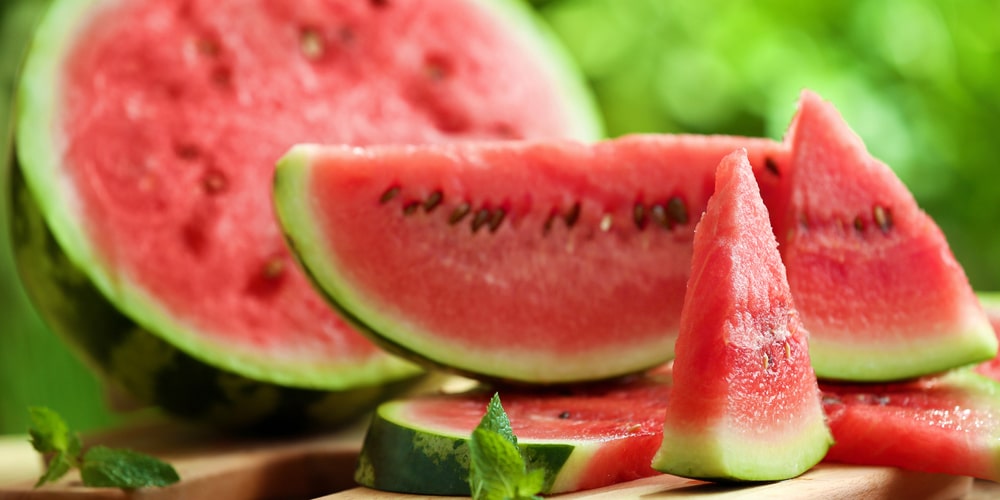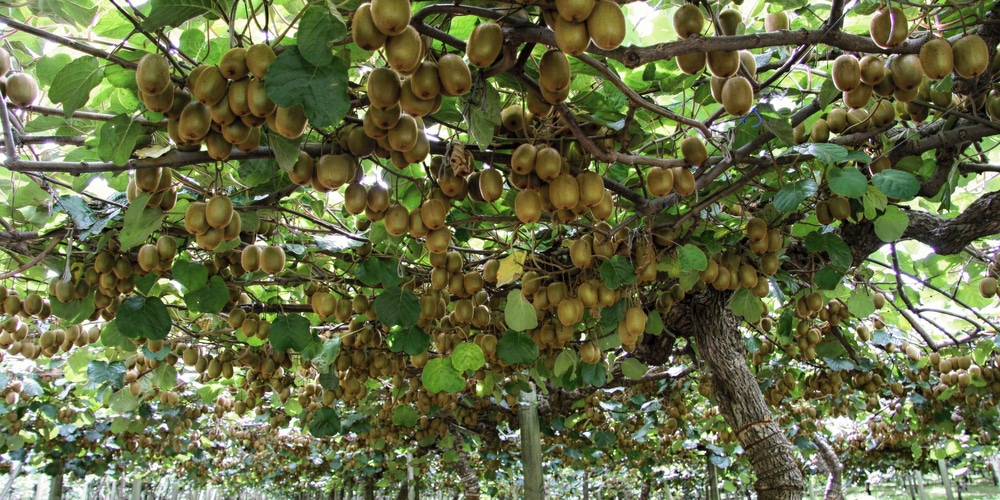Growing older comes with a lot of new information and responsibility. Knowing how fruits and veggies grow was never a concern when you were younger. But now that you are all grown up and taking on gardening or farming, you must have all the info necessary. There are many fruits, all categorized by how and where they grow. Below is a list of the common fruits that don’t grow on trees.
Brussel Sprouts

You can either love or hate Brussel sprouts – there is no in-between. You had to be forced or convinced even to have a bite as a kid. But as an adult, knowing their nutritional value and finding them in nearly every restaurant menu makes a difference. If you want to grow them, here is what you should know.
Brussel sprouts are in the cabbage family and grow on long stalks that protrude from the ground. At times, big, green leaves grow from the stalks. What you eat is the bud of the plant. The plants are removed from the stem when ready for harvest and ready to clean and cook. It takes three to four months for them to obtain mature growth. The stalks grow first, and after reaching full height, the sprouts start appearing.
Pineapples
Most people think pineapples grow on trees, but in an actual sense, they grow from leafy plants on the ground. These leaves are whorled up to 5 feet long and are coiled around the central stem. The pineapple fruit results from many fruit-producing flowers that combine to form one big fruit. It forms the crown, which grows from the main stem and is harvested as the fruit.
Once you remove the crown, you can use the roots at the base to grow another plant in a pot or garden. Furthermore, you can replant the suckers and slips to produce new pineapple plants. It takes two to three years for a pineapple plant to fully mature, and bare fruits takes two to three years.
Pineapples are self-incompatible, which means pollen from one pineapple plant cannot fertilize the same variety. Therefore, if you do not grow different varieties next to each other, you will be left with fruitless pineapple plants.
Melons
Everyone loves melons because of their sweetness, unique flavor, and musk. The most common melon types are cantaloupes, honeydew melons, and watermelons. If you are looking to cultivate any melon variety, you must know how and where they grow. Melons are a trailing vine from the gourd family. They have roots protruding from their growing stems to collect nutrients. Because of these vines, most farmers cultivate the fruit horizontally. If you grow them vertically, you will need s support trellis since melons are very heavy.
The easiest place to grow melons is in your yard or greenhouse. Melon vines can grow up to 12 feet long. You can notice the vines at most two weeks after germination.
Strawberries
Strawberries are part of the forb family – flowering plants with non-woody stems. Forbs do not have enough tissue, so they are not even though they resemble vines or bushes.
The fruits are fairly easy to grow. They can flourish in pots and planters and do not need much expertise. However, fruit production in the first year is usually sparse. A strawberry plant can produce berries for four to five years, but fruit production reduces later.
Kiwis
The kiwi fruit is very popular and is mostly used in salads and cake toppings because of its sweet, exceptional flavor. It also has numerous nutritional benefits – a single fruit could contain at least 90mg of Vitamin C.
Kiwis grow from vines that have specialized stems to anchor the fruits. These vines are fast-growing and favorable in cold climates. Since they do not self-pollinate, farmers cross-pant male and female plants. A single male plant can be cultivated with several female plants for pollination.
It takes at least two years for the plants to start fruiting, but the best fruits are harvested when the vines are eight years. Kiwi vines can produce fruits for up to forty years – or more!
Fruits that Don’t Grow on Trees: Takeaways
This post is a guide for main fruits that don’t grow on trees. The next time you go grocery shopping, prepare your family a meal or start a garden, you will be good to go!



